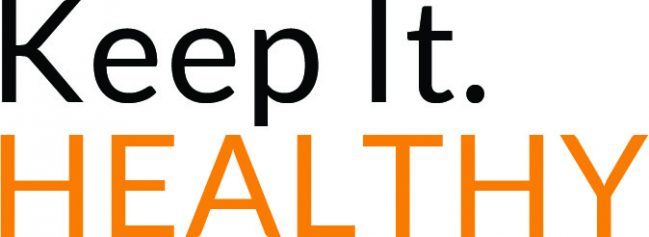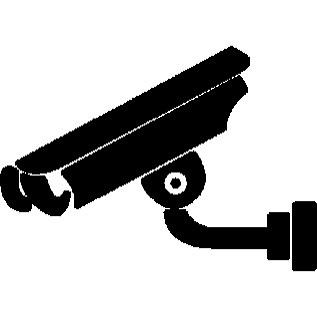One of the treatment options following a diagnosis of low-volume or low-risk prostate cancer is Active Surveillance. Briefly this means deferring any intervention such as surgery, radiation, hormones or chemotherapy and keeping a watchful eye on key markers of prostate cancer progression until it demonstrates a change in nature and threat. Your urologist will order regular PSA tests, physical examinations and/or imaging of your prostate to provide comfort (no progression) or early warning that something now needs doing.
Active Surveillance (AS) has a much wider role than this. For example, because my Dad died from prostate cancer I regularly have PSA and physical checks on my prostate with no cancer evident as yet. So I am on AS pre-diagnosis.
Around 8000 men in Australia may well be on AS post-diagnosis.
Then there are men who have undergone treatment for prostate cancer (removal, zapped, drugged) and are still monitoring their PSA to detect any secondary cancers from rogue prostate cells that escaped the procedure. These men are on post-treatment AS.
Active Surveillance is simply a man taking a pro-active, risk management approach to his prostate health. Whether he be screening, deferring treatment or monitoring ongoing status following treatment we are all on our own journey.
One thing we all share, is the hope that we can avoid or suppress the progress of prostate cancer wherever we are on the scale. That is where the ‘Active’ part of AS comes into play. Every man can actively sabotage prostate cancer no matter his risk factors or diagnosis. The challenge for every man however, is – can he and will he make the sustained lifestyle choices that make his body hostile to prostate cancer instead of a receptive host? Could you?
To answer this question you need to understand the commitment involved. You need to be prepared to give up things that you enjoy (not all) and adopt other behaviours that may not seem so attractive. Yes, you have to make an effort and get out of your comfort zone. Not all men can do this. Not for a week or a month, but from now on. For as long as you want your prostate gland to behave.
Some examples, are you prepared to –
- Reduce dairy consumption
- Get more physical training
- Eat less red meat
- Keep drinking coffee
- Increase water consumption
- Reduce stressful aspects of your work, life, family
- Maintain a waist girth of less than 95cm?
Even a couple of ‘yes’ responses on this list is a win. You don’t necessarily have to do them all, certainly not at once.
If you want more information and specific strategies to resuce the onset, progression and recurrence of prostate cancer you can find it in my book – The Prostate Playbook. This is available online by clicking here. For less than $20 (AUD) you can have your own playbook with heaps of ways you can defend against prostate cancer.
Written by a men’s health physiotherapist it is based on science, evidence and clinical sense.
All the best,
Craig Allingham
A/Prof. Bond University, School of Physiotherapy & Exercise Science
Men’s Health & Sports Physiotherapist
Author:
- Prostate Recovery MAP
- The Prostate Playbook


